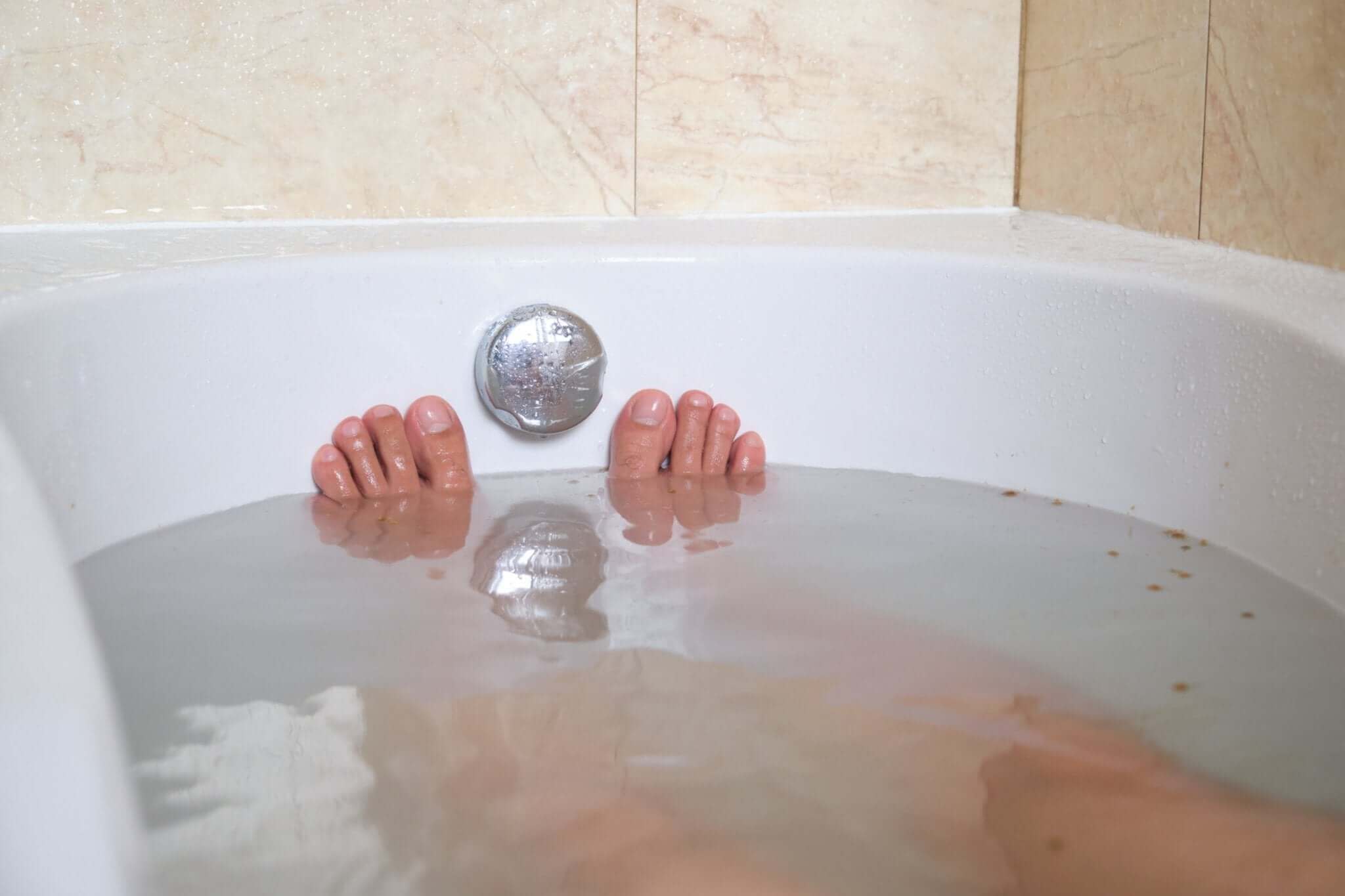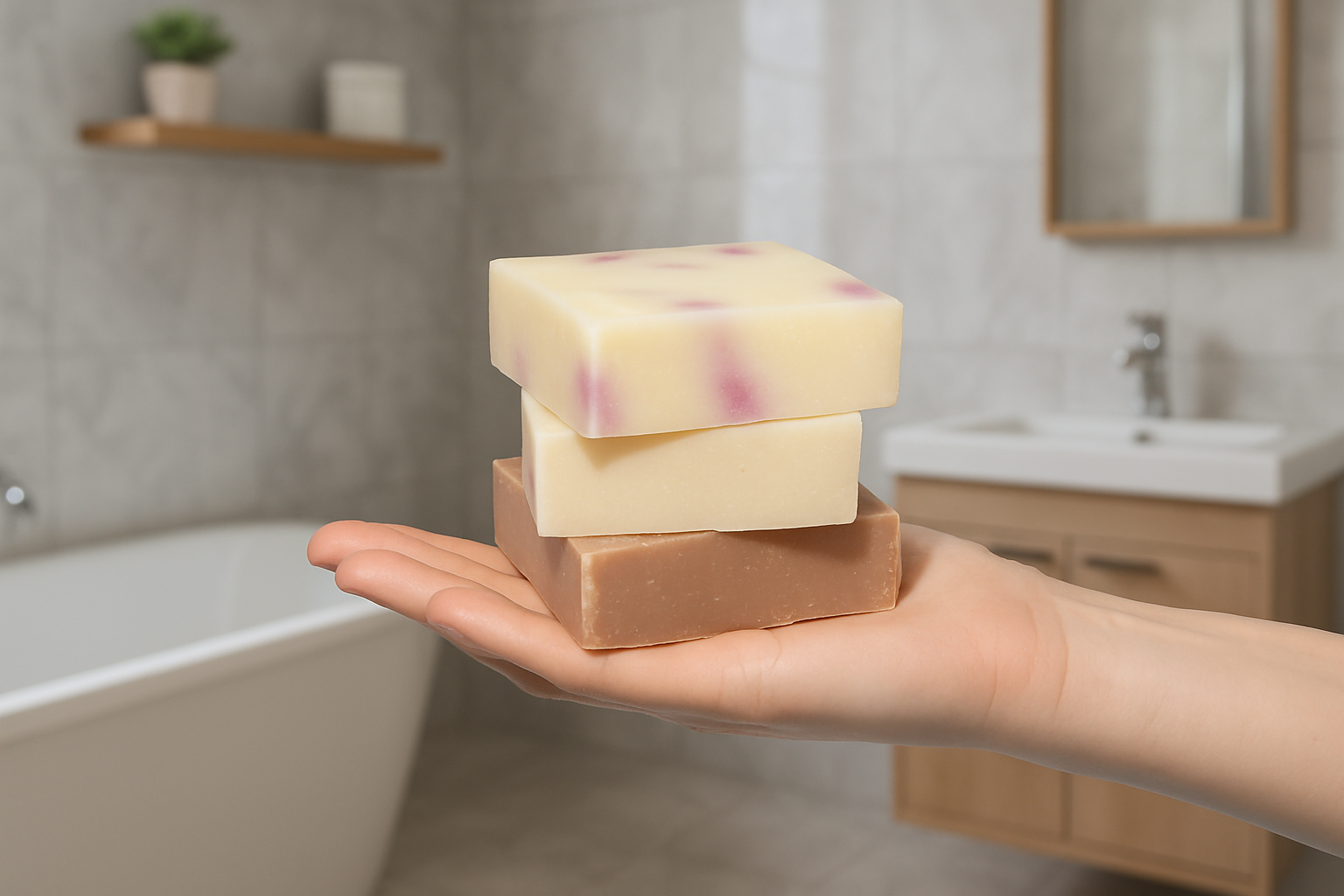The Healing Waters: Exploring the Wonders of Bath Therapy

Bath therapy, often referred to as hydrotherapy, has a long history rooted in ancient civilizations' traditions and beliefs. From the soothing warmth of a relaxing bath to the invigorating shock of plunging into cold water, bathing has been revered for its potential to promote physical and mental well-being.
If the idea of taking the plunge has piqued your interest, this article will explore the historical roots of bath therapy, the various practices it encompasses, and the advantages they offer. By delving into these details, you can gain a better understanding of which form of bath therapy aligns with your preferences and needs.
A Historical Soak: Origins and Practices of Bathing
Bathing has been an integral part of human history, transcending cultures and civilizations. Ancient Egyptians, Greeks, and Romans considered bathhouses as sacred places for healing, relaxation, and social interaction. The Greeks attributed water's therapeutic powers to their deity, Asclepius, and built elaborate bathhouses known as "thermae." Similarly, Roman bathhouses were monumental complexes that offered public baths, saunas, and various relaxation rooms.
Bathing wasn't just about cleanliness for ancient cultures; it held spiritual and medicinal significance. It was believed that water could cleanse not only the body but also the soul. Bathing rituals were associated with purification, invigoration, and even spiritual enlightenment. The practice of bathing was also closely tied to socialization and leisure, where people gathered to converse and build community bonds.
Healing Waters in Different Forms
1. Hot Springs and the Allure of Healing Waters
Hot springs have captivated human fascination for centuries, drawing people to their mineral-rich, naturally heated waters. These geothermal wonders offer a unique combination of warmth, minerals, and buoyancy that contribute to their therapeutic reputation.
One of the most famous hot springs in the world is the Blue Lagoon in Iceland. Nestled in a stunning volcanic landscape, the Blue Lagoon's milky blue waters are heated by underground volcanic activity, making it a popular destination for tourists seeking relaxation and skin rejuvenation. The water is rich in silica, algae, and minerals, which are believed to contribute to its healing properties. Silica, in particular, is thought to have a positive impact on skin health, helping to exfoliate and moisturize the skin.
Hot springs like the Blue Lagoon are not only cherished for their potential physical benefits but also for the unique and tranquil environments they provide. The experience of soaking in naturally heated waters, surrounded by breathtaking scenery, can offer a profound sense of relaxation and well-being.
2. The Art of Drawing a Warm Bath: A Haven of Tranquility
Imagine the simple yet profound ritual of drawing a warm bath in the soothing embrace of your own bathtub. This practice involves filling the tub with comfortably warm water, creating an inviting haven where stresses melt away and tensions dissolve. The sensation of slipping into the enveloping warmth gently eases muscle stiffness and promotes a deep sense of relaxation.
As you recline in the tranquil waters, the heat from the bath induces a gradual dilation of blood vessels, encouraging improved circulation and nutrient delivery to muscles and tissues. This gentle thermal embrace not only soothes the body but also has a calming effect on the mind. The serene environment of your bath sanctuary becomes a canvas for mindfulness, a place where worries recede and a profound sense of well-being takes center stage.
Drawing a warm bath is more than a routine; it's an art of self-care, a deliberate act of slowing down amidst the rapid pace of modern life. As you allow the warmth to envelop you, tension dissipates, muscles sigh in relief, and the cares of the day begin to fade into the background. Whether accompanied by a favorite book, soothing music, or simply the gentle lapping of water, the experience of a warm bath is a personal symphony of comfort and tranquility.
The Benefits of Regular Warm Baths at Home:
Enhancing the Bath Experience with CBD Bath Bombs
CBD bath bombs have gained popularity for their potential to amplify the benefits of bath therapy. CBD, a non-psychoactive compound found in cannabis plants, is believed to have anti-inflammatory, analgesic, and relaxing properties. When added to a warm bath, CBD can potentially enhance muscle relaxation, alleviate pain, and contribute to an overall sense of tranquility.
2. Cold Plunge and Ice Bath Therapy: Embracing the Chill for Wellness
In the realm of bath therapy, another unique and invigorating practice that has gained attention is cold plunge or ice bath therapy. This form of hydrotherapy involves immersing oneself in cold water, often at temperatures near freezing ranging from 45°F (7°C) to 55°F (13°C) for a short duration, with the intention of promoting various health benefits. While the idea of willingly subjecting oneself to such icy conditions might seem daunting, the potential rewards have attracted athletes, adventurers, and wellness enthusiasts alike. It's important to note that cold plunge therapy is not suitable for everyone, particularly those with certain medical conditions, so consultation with a healthcare professional is recommended before attempting it.
The Science Behind Cold Plunge and Ice Bath Therapy
Cold plunge therapy relies on the concept of cold-induced vasoconstriction, where blood vessels constrict in response to the cold. This vasoconstriction is believed to have several potential benefits:
Our verdict?
In the realm of bath therapy, the choice between cold plunges and warm soaks becomes a matter of desired therapeutic outcomes. While cold water immersions energize and invigorate, warm baths cocoon you in relaxation, nurturing both body and soul.
As we explore these different types of bath therapy and their benefits, it becomes clear that the healing power of water extends beyond mere physical relief. It offers a chance to connect with ancient traditions, immerse ourselves in moments of mindfulness, and find solace in the midst of our busy lives.
So, whether you're luxuriating in CBD-infused bath at home, experiencing the invigorating dance of temperature contrasts, or basking in the mineral-rich waters of a hot spring, remember that the healing waters have been cherished for generations – a reminder that nature's remedies are often the most profound.



